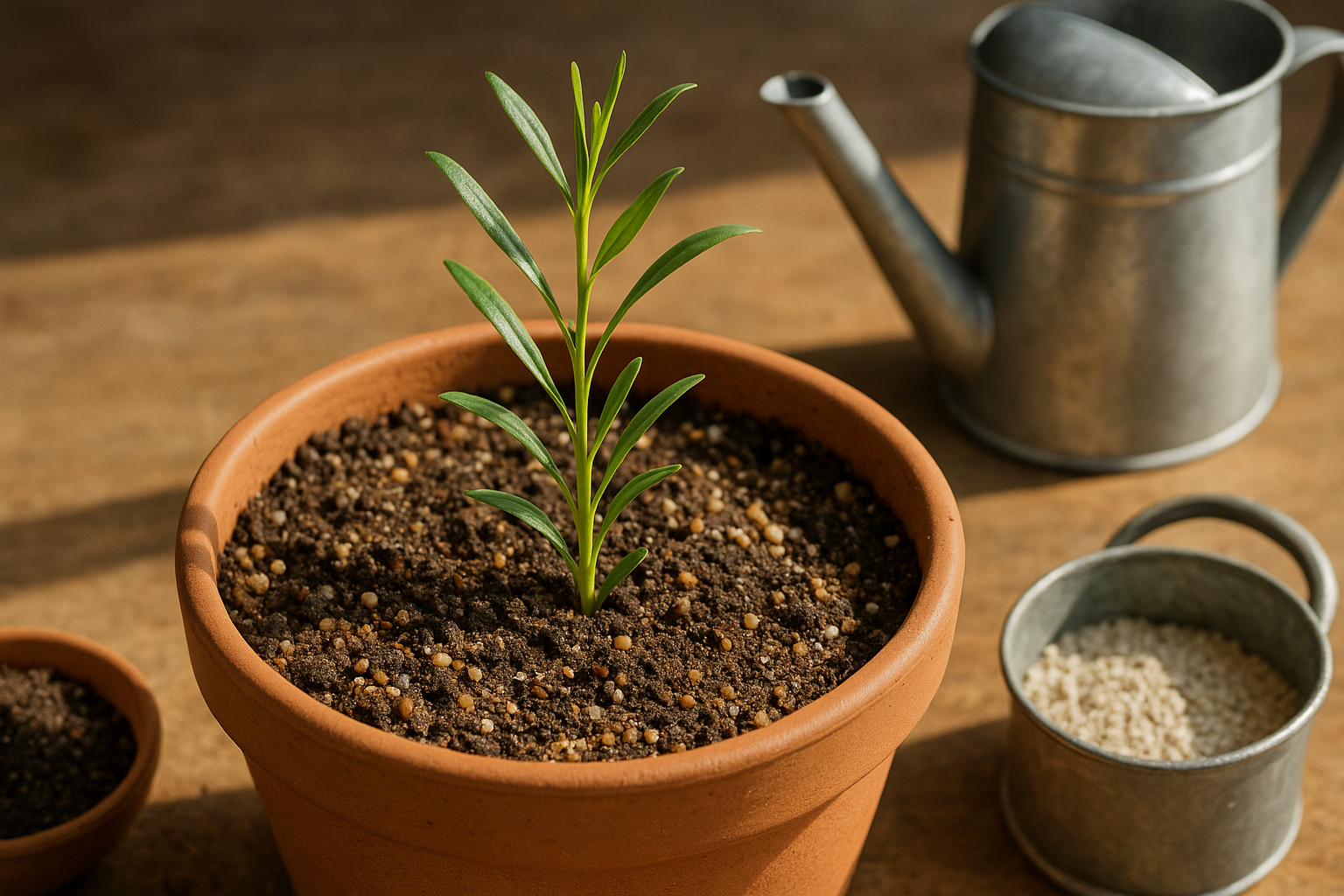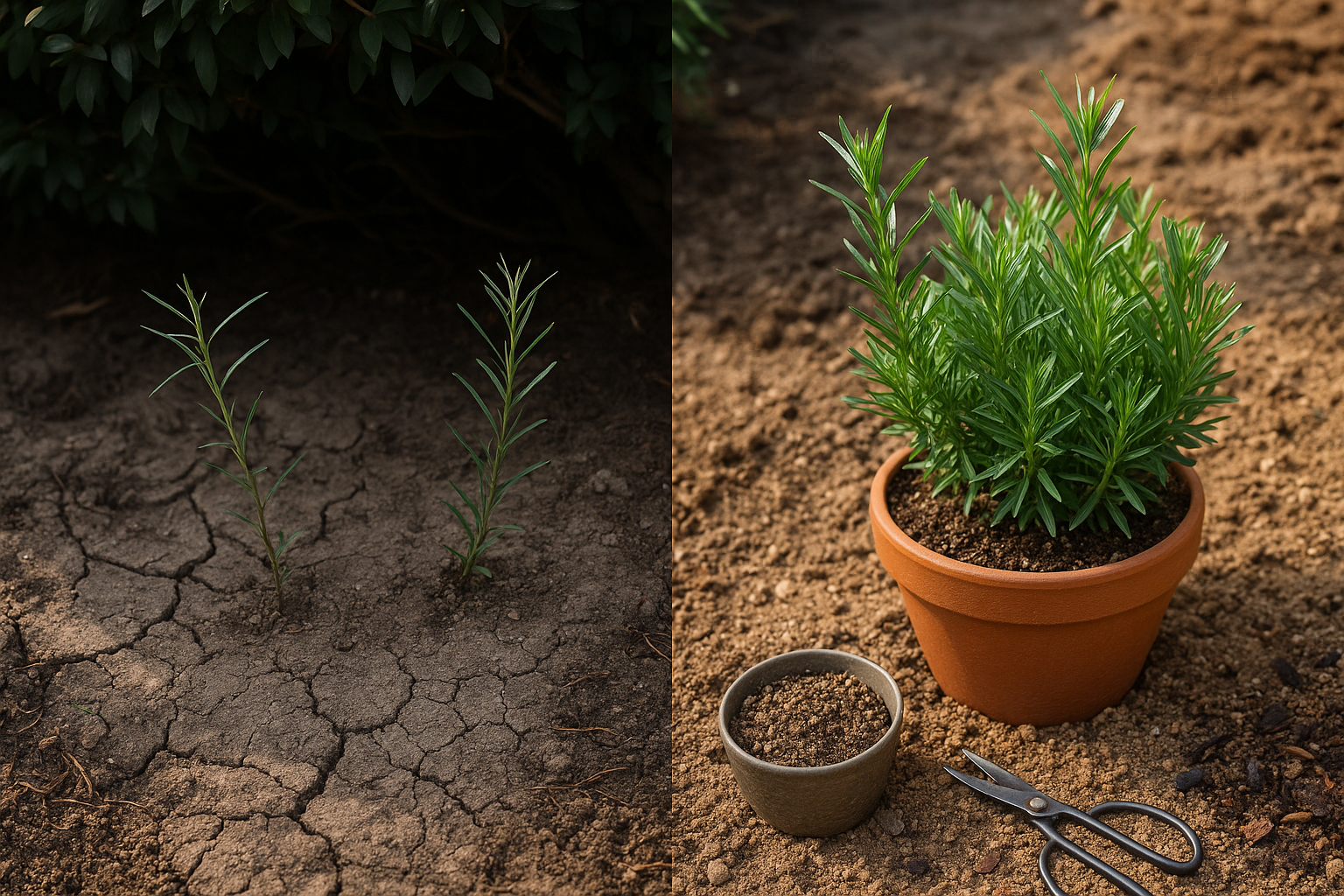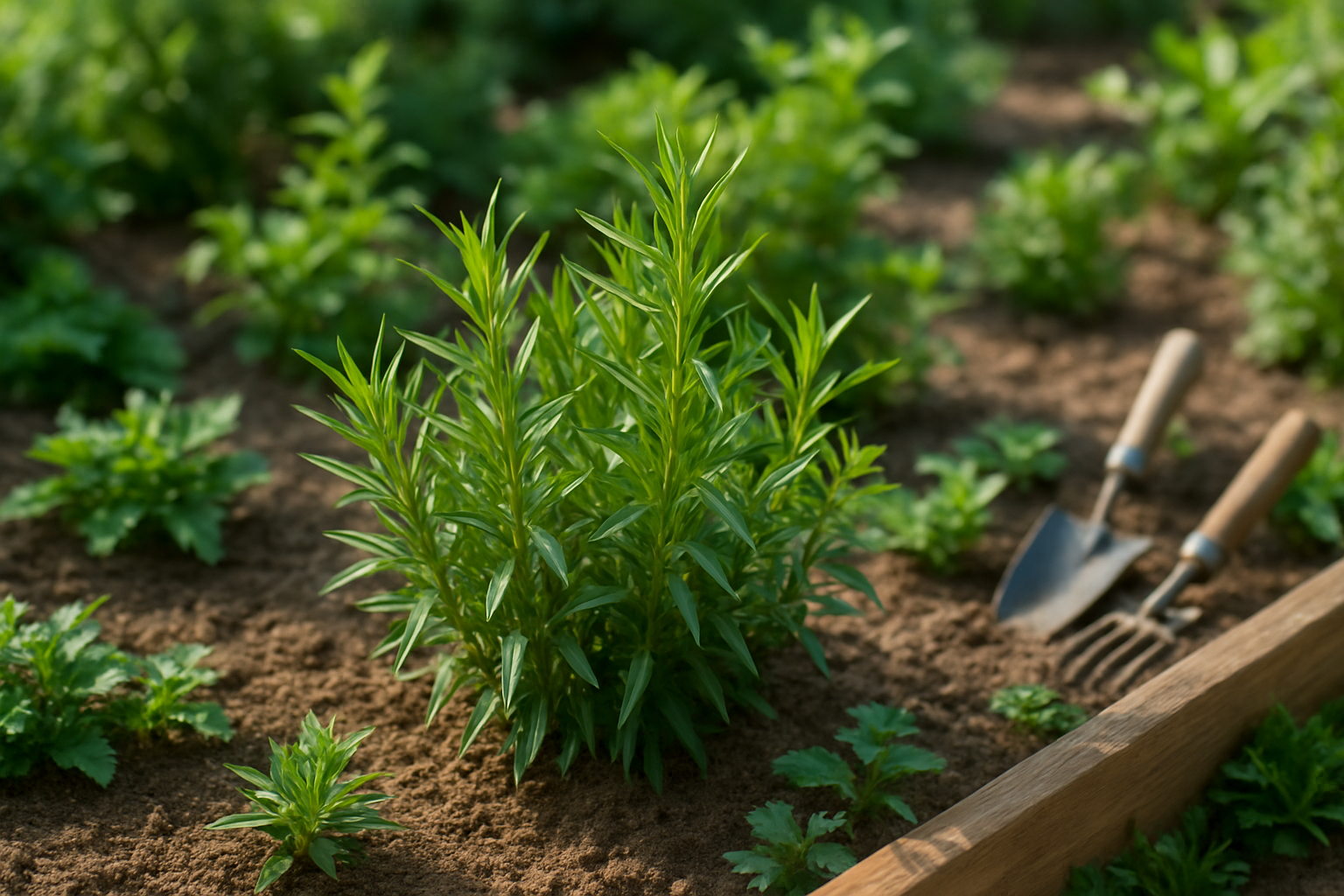Why Tarragon Can Be Tricky to Grow

Tarragon is a beloved staple in many kitchens, prized for its distinct, slightly anise-like flavor that enhances classic dishes such as sauces, roasted vegetables, and chicken. However, despite its popularity, tarragon can be surprisingly tricky to grow—even for seasoned gardeners.
One of the main challenges lies in its unique growth requirements. While some herbs thrive in various conditions, tarragon, particularly French tarragon, demands well-draining soil, full sun, and just the right amount of moisture. Overwatering or allowing the roots to sit in soggy soil can quickly lead to root rot, while too little light or airflow often results in leggy, weak plants.
Adding to the complexity, French tarragon is typically started from cuttings rather than seeds, as it rarely produces viable seeds. This can catch even experienced gardeners off guard.
Knowing these specific needs and common pitfalls—like using standard garden soil that’s too dense or placing the plant in partial shade—can make all the difference in successfully cultivating this aromatic herb.
By taking the time to learn tarragon’s preferences and adjusting your care routine, you’ll boost your chances of growing a lush, flavorful plant ready for your favorite recipes.
Choosing the Right Tarragon Variety
When it comes to tarragon, picking the right variety makes all the difference in your kitchen or garden. French tarragon (Artemisia dracunculus ‘Sativa’) is prized for its delicate, anise-like flavor and is the go-to choice for culinary uses, especially in classic dishes like Béarnaise sauce or chicken tarragon. Its leaves are tender and aromatic, but the plant itself is less hardy—French tarragon rarely flowers and must be propagated from cuttings or divisions since its seeds are usually sterile.
In contrast, Russian tarragon (Artemisia dracunculus), often confused with its French cousin, is much more robust and easier to grow from seed, tolerating poor soils and cold winters. However, its flavor is lackluster, often described as bitter and grassy, making it far less desirable for cooking.
If flavor is your priority, always opt for French tarragon. To ensure you get the real deal, buy plants from reputable nurseries or garden centers that clearly label varieties—look for “French tarragon” or “True tarragon.” Avoid seeds advertised as French tarragon, as genuine French tarragon almost never sets seed. If ordering online, read reviews and choose established suppliers to avoid disappointment and guarantee a lush, flavorful harvest.
Mistakes in Planting Location and Conditions

One of the most common mistakes gardeners make with tarragon is choosing the wrong planting location, especially when it comes to sunlight. Tarragon thrives in full sun and struggles in areas that are too shaded or only receive patchy, indirect light. If you tuck your tarragon plants behind tall shrubs or under trees where the sun barely reaches, you’ll likely notice slow growth, leggy stems, or a lackluster aroma. Aim to plant tarragon in a spot that gets at least six hours of direct sunlight each day.
Along with sunlight, another crucial factor is soil type—tarragon needs well-drained soil for healthy roots. Planting it in heavy clay, compacted earth, or any spot that stays soggy after rain can cause the roots to rot and stunt the plant’s development. To avoid this, amend your garden bed with compost or sand to improve drainage, or consider growing tarragon in raised beds or containers if your ground retains water.
Lastly, tarragon doesn’t tolerate overly humid or damp environments well; sustained moisture around the foliage or base can invite fungal diseases and yellowing leaves. Space your plants to allow good airflow—about 18 to 24 inches apart works well—and water at the base to minimize moisture on the leaves. By giving your tarragon a sunny, well-drained, and dry environment, you’ll enjoy stronger, more flavorful herbs all season long.
Watering and Feeding Errors
Overwatering is one of the most common mistakes when growing tarragon, often leading to root rot and yellowing leaves. This herb prefers well-draining soil that doesn’t stay soggy. On the flip side, underwatering causes wilted, dry leaves and stunted growth; letting the soil dry out completely can quickly weaken the plant.
A good rule of thumb is to water tarragon when the top inch of soil feels dry, but avoid letting water pool in the saucer or base of the pot.
Feeding Tips
When it comes to feeding, fertilizer misuse or overfeeding can be just as harmful. Too much fertilizer, especially nitrogen-rich blends, can cause lush leafy growth but weaken the essential oils that give tarragon its distinctive flavor. Stick to a balanced, all-purpose liquid fertilizer diluted to half-strength, applying it just once a month during the active growing season (spring and early summer). Avoid fertilizing in the fall and winter when the plant’s growth naturally slows down.
Potting Advice
For potted tarragon, ensure pots have drainage holes and use a light, well-aerated potting mix. By adjusting your watering and feeding routines to the plant’s real needs, you’ll enjoy healthy, flavorful tarragon without the stress of common growing mistakes.
Overlooked Plant Care Practices
Neglecting essential plant care tasks like pruning, dividing, or regular harvesting can seriously undermine your garden’s success—especially with herbs like tarragon. When left unpruned, tarragon often becomes leggy and sparse, focusing its energy on flowering rather than growing flavorful leaves.
Overgrown plants also compete for light and nutrients, stunting their development and making them more prone to pests and disease. To keep tarragon bushy and vigorous, pinch back the tips every few weeks during the growing season—this encourages side shoots and a fuller plant.
Regularly harvest leaves, even if you don’t need them immediately, to stimulate new growth; just remember to avoid cutting more than one-third of the plant at a time. Divide mature tarragon plants every two or three years in early spring to avoid overcrowding, which can choke roots and limit nutrient access.
Another often-overlooked issue is ignoring pest monitoring. Check tarragon weekly for signs of aphids or fungal spots, as catching problems early can keep your spice patch healthy.
In short, a little proactive care—pruning, dividing, harvesting, spacing, and vigilant checking—will help tarragon thrive and provide fragrant leaves all season long.
Recognizing & Preventing Common Pests and Diseases
Spotting trouble early is key to keeping your tarragon healthy, so keep an eye out for the most common pests and diseases. Aphids are a frequent nuisance and appear as tiny green or black insects clustering on stems and the undersides of leaves. You might also notice sticky residue or twisted, yellowing leaves.
Fungal infections, like powdery mildew, leave a white powdery coating on leaves, while root rot causes wilting, yellowing, and mushy roots—usually due to overly wet soil.
To minimize these issues, make sure your tarragon is planted in well-draining soil and avoid overhead watering, which encourages fungus. Give plants ample room for airflow and clear away any dead or infected leaves right away.
Sometimes, minor aphid infestations can be resolved simply by spraying leaves with a strong jet of water or introducing natural predators like ladybugs. Fungal spots that are small and localized may disappear with improved airflow and drier conditions.
However, if you see large sections of your plant affected or notice persistent wilting despite good care, consider using organic treatments such as neem oil for pests or a targeted fungicide for diseases.
Always monitor your plants regularly so you can act quickly. With prompt attention and basic care, most tarragon problems can be managed before they get out of hand.
Key Takeaways for Tarragon Success
One of the main mistakes to avoid when growing tarragon is overwatering—this herb prefers well-draining soil and can quickly rot if left sitting in moisture. Also, steer clear of planting in heavy clay or overly rich soil, as tarragon thrives best in lean, slightly sandy conditions with full sun.
Crowding the plants is another common misstep; giving each tarragon plant enough space helps prevent fungal issues and allows for better airflow. Don’t feel discouraged if you’ve struggled with tarragon in the past—mastering these basics will make it much easier to grow healthy, flavorful plants.
If you’re new to growing tarragon or dealing with stubborn plants, try planting in a raised bed or large container where you can better control drainage and soil quality. With just a bit of attention to these details, you’ll soon enjoy thriving tarragon in your own garden.
